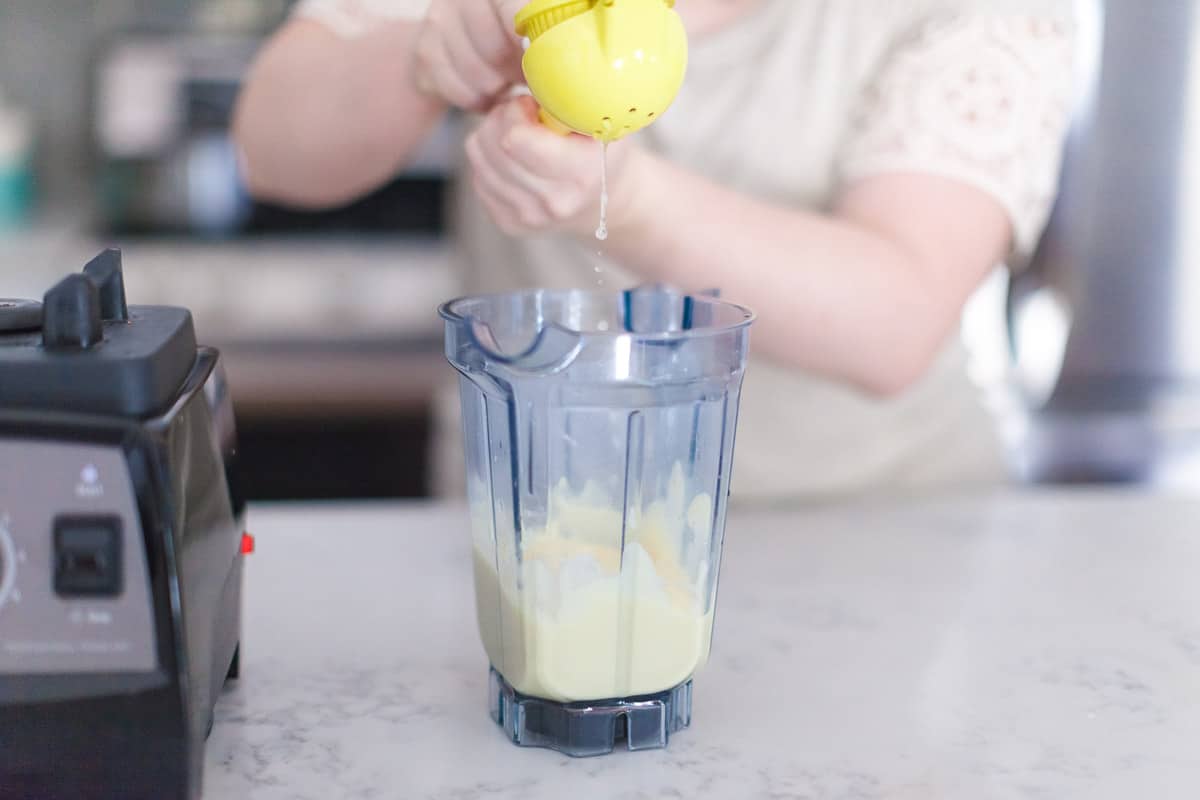

Articles
How To Make Mayonnaise In A Blender
Modified: August 16, 2024
Learn how to make delicious mayonnaise at home using just a blender. Our step-by-step articles guide you through the process, making it easier than ever to create your own homemade mayonnaise.
(Many of the links in this article redirect to a specific reviewed product. Your purchase of these products through affiliate links helps to generate commission for Storables.com, at no extra cost. Learn more)
Introduction
Mayonnaise is a versatile and creamy condiment that can elevate the flavor of many dishes. While store-bought mayonnaise is convenient, making your own at home can be a rewarding and cost-effective endeavor. In this article, we will guide you through the process of making mayonnaise in a blender, providing you with a quick and easy method to create a delicious homemade condiment.
Blenders are ideal for making mayonnaise due to their powerful motors and ability to emulsify ingredients. By following a few simple steps, you can have a fresh batch of mayonnaise ready to enjoy in no time. Plus, making your own allows you to control the quality of the ingredients used, ensuring a healthier and more flavorful final product.
So, if you’re ready to take your culinary skills to the next level and create a homemade mayonnaise that will impress your taste buds, gather your ingredients and let’s get started!
Key Takeaways:
- Elevate your culinary skills by creating a creamy, flavorful homemade mayonnaise in a blender. Control the quality of ingredients and customize the taste to impress your taste buds and elevate your dishes.
- Store-bought mayonnaise is convenient, but making your own at home is rewarding and cost-effective. Emulsify egg yolks, mustard, lemon juice, and oil to create a smooth, velvety base for your personalized condiment.
Ingredients
Before we jump into the process of making mayonnaise in a blender, let’s take a look at the ingredients you will need:
- 2 large egg yolks
- 1 tablespoon Dijon mustard
- 1 tablespoon lemon juice
- 1 cup vegetable or canola oil
- Salt and pepper to taste
These are the basic ingredients for making mayonnaise, and you can always customize it by adding additional seasonings like garlic powder, paprika, or herbs for extra flavor. Make sure to use fresh and high-quality ingredients for the best results.
Once you have gathered all the ingredients, you’re ready to start making your own delicious mayonnaise right in the comfort of your own kitchen.
Step 1: Gathering the Ingredients
Before diving into making mayonnaise in a blender, it’s important to gather all the necessary ingredients. Having everything ready and within reach will streamline the process and ensure a smooth preparation.
First, grab two large egg yolks. It’s crucial to separate the yolks from the egg whites, as it’s the yolks that provide the emulsifying properties needed for the mayonnaise to come together.
Next, locate your Dijon mustard. This tangy and flavorful mustard adds a zing to the mayonnaise and helps with the emulsification process.
Don’t forget the lemon juice! Squeeze out about a tablespoon of fresh lemon juice to add a bright and citrusy note to the mayonnaise.
Lastly, make sure you have vegetable or canola oil on hand. These neutral-flavored oils work best for making mayonnaise as they won’t overpower the other ingredients.
Once you have gathered all your ingredients, place them within reach of your blender. This will ensure a seamless preparation process and make it easier to add them to the blender in the following steps.
With your ingredients ready and waiting, you’re now set to move on to the next step—preparing the blender for the mayonnaise-making process.
Step 2: Preparing the Blender
Now that you have gathered all the necessary ingredients, it’s time to prepare the blender for making mayonnaise. Properly preparing the blender will ensure a smooth blending process and help achieve the desired consistency.
Start by ensuring that your blender is clean and dry. Any residue from previous use may affect the taste and quality of your homemade mayonnaise. Give the blender jar a quick rinse and dry it thoroughly before proceeding.
Next, check that the blender blades are securely attached. It’s important to have the blades properly in place to effectively blend and emulsify the mayonnaise ingredients.
Now, let’s consider the speed settings of your blender. For making mayonnaise, it’s recommended to use the lowest speed setting. This will allow for better control and prevent the mixture from overheating or splattering during blending.
Lastly, have a rubber spatula or spoon handy. You’ll need it to scrape down the sides of the blender jar and ensure all the ingredients are properly incorporated into the mayonnaise.
Once you have prepared your blender, ensuring cleanliness, blade attachment, appropriate speed settings, and having a spatula at the ready, you’re now ready to move on to the next step—adding the egg yolks to the blender.
Step 3: Adding the Egg Yolks
With the blender prepared, it’s time to add the star ingredient—the egg yolks. The egg yolks provide the creaminess and emulsifying properties necessary to create a smooth and velvety mayonnaise.
Take the two large egg yolks that you gathered earlier and carefully add them to the blender jar. Be mindful not to include any of the egg whites, as they can interfere with the emulsification process.
Adding the egg yolks to the blender first allows them to mix thoroughly with the other ingredients and ensures a stable emulsion. It’s crucial to have the egg yolks at room temperature, as cold eggs can cause the mayonnaise to separate.
Once the egg yolks are securely in the blender jar, you’re ready to move on to the next step—adding the Dijon mustard and lemon juice.
Tip: If you prefer a lighter flavor, you can use just one egg yolk instead of two. However, keep in mind that using only one yolk may result in a slightly less stable mayonnaise.
Read more: How To Make Mayonnaise In A Food Processor
Step 4: Adding the Mustard and Lemon Juice
Now that you have added the egg yolks to the blender, it’s time to add some additional flavor and tanginess to your mayonnaise. This is where the Dijon mustard and lemon juice come into play.
Start by adding 1 tablespoon of Dijon mustard to the blender. The mustard not only adds a distinctive flavor but also acts as an emulsifier, helping to bind and stabilize the mayonnaise.
Next, squeeze in 1 tablespoon of fresh lemon juice. The acidity of the lemon juice brightens up the flavor of the mayonnaise, giving it a refreshing and tangy taste.
The mustard and lemon juice work together to add depth and character to the mayonnaise, elevating its overall flavor profile. They also aid in the emulsification process by helping the oil and egg yolks combine into a smooth and creamy texture.
Once you have added both the mustard and lemon juice to the blender, it’s time to move on to the next step—blending the mixture until smooth and well combined.
Tip: You can adjust the amount of mustard and lemon juice according to your personal preference. If you prefer a milder flavor, you can reduce the amount of mustard, or if you like it tangier, you can add a bit more lemon juice.
When making mayonnaise in a blender, start by blending the egg yolks and vinegar before slowly adding the oil in a steady stream to ensure a smooth and creamy texture.
Step 5: Blending the Mixture
With the egg yolks, Dijon mustard, and lemon juice in the blender, it’s time to blend everything together to create a smooth and creamy base for your mayonnaise.
Start by placing the lid securely on the blender jar to prevent any splattering or spills. Make sure it’s tightly sealed so that the mixture doesn’t escape during the blending process.
Now, turn on the blender to its lowest speed setting. This gentle speed will allow for better control and prevent overheating of the mixture.
Blend the mixture for about 10 to 15 seconds or until the egg yolks, mustard, and lemon juice are well combined. At this stage, the mixture should have a smooth, pale yellow appearance.
Stop the blender and remove the lid. Use a rubber spatula or spoon to scrape down the sides of the blender jar, ensuring that any ingredients stuck to the walls are incorporated back into the mixture.
If needed, blend the mixture for an additional few seconds to achieve a completely smooth and homogeneous texture.
This blending step is crucial, as it helps to emulsify the ingredients, binding the oil with the egg yolks and creating a creamy and cohesive texture. It’s the blending process that transforms the individual components into a cohesive mayonnaise base.
Once the mixture is blended to perfection, it’s time to move on to the next step—gradually pouring in the oil to create the rich and creamy consistency of mayonnaise.
Step 6: Gradually Pouring in the Oil
With the egg yolk, mustard, and lemon juice mixture blended to a smooth consistency, it’s time to add the oil. This step is crucial for achieving the rich and creamy texture that defines mayonnaise.
Start by measuring out 1 cup of vegetable or canola oil. It’s important to use a neutral-flavored oil to allow the flavors of the other ingredients to shine through. Olive oil, with its stronger flavor, may overpower the taste of the mayonnaise.
When it comes to adding the oil, it’s important to do it gradually and in a slow, steady stream. This ensures that the oil is properly incorporated into the mayonnaise and prevents the mixture from separating.
While the blender is running on its lowest speed, begin pouring the oil into the blender jar in a thin, steady stream. Aim to pour the oil down the side of the blender jar, rather than directly onto the blades, as this will help with the emulsification process.
Continue pouring the oil slowly while the blender is running until all the oil has been added. This process should take about 2 to 3 minutes. The mixture will gradually thicken and emulsify, transforming into a rich and creamy mayonnaise.
As you pour in the oil, you will notice the mayonnaise getting thicker and gradually turning into a luscious and velvety texture. Keep pouring until all the oil has been incorporated, and the mayonnaise reaches your desired consistency.
Once you have poured in all the oil, stop the blender and scrape down the sides of the jar with a spatula or spoon. Give the mixture a final blend on low speed to ensure everything is well combined.
Now that your mayonnaise has achieved the perfect texture, you’re ready to move on to the next step—adjusting the consistency to your preference.
Step 7: Adjusting the Consistency
Once you have blended in all the oil, it’s time to assess the consistency of your homemade mayonnaise. Depending on personal preference and the desired end result, you may need to make some adjustments to achieve the perfect texture.
If your mayonnaise is too thick:
- Add a tablespoon of warm water to the blender and blend again on low speed. Repeat this step until you reach your desired consistency.
If your mayonnaise is too thin:
- Add a small amount of oil, about a teaspoon at a time, and blend again. Repeat this step until the mayonnaise thickens up.
Remember, it’s best to make small adjustments at a time to avoid going overboard and ruining the consistency of the mayonnaise.
During this step, take the opportunity to taste your mayonnaise and adjust the seasoning as well. Adding a pinch of salt and pepper can enhance the flavor and balance out any additional ingredients you may have included.
Once you have adjusted the consistency and seasoning to your liking, stop the blender and give the mayonnaise a final taste test. If it meets your desired flavor and texture, proceed to the next step. If not, make any necessary adjustments before moving forward.
Now that your homemade mayonnaise is perfectly blended and adjusted, it’s time to move on to the final steps—storing the mayonnaise and enjoying it in your favorite dishes!
Read more: How To Make Lemonade In A Blender
Step 8: Adding Salt and Pepper
With your mayonnaise blended to the perfect consistency, it’s time to add the final touches of flavor by seasoning it with salt and pepper. This step allows you to customize the taste of your homemade mayonnaise to suit your preferences.
Start by adding a pinch of salt to the blender jar. Salt not only enhances the overall taste of the mayonnaise but also helps to balance the flavors of the other ingredients. Start with a small amount and then adjust to taste.
Next, sprinkle in some freshly ground black pepper. The pepper adds a subtle kick and depth of flavor to the mayonnaise. Again, start with a small amount and adjust as needed.
After adding the salt and pepper, blend the mayonnaise for a few seconds on low speed to ensure the seasoning is evenly distributed throughout the mixture. You can always taste a small amount and add more salt or pepper if desired.
As you adjust the seasonings, be mindful of the specific flavors you want to highlight in your homemade mayonnaise. Feel free to experiment with other spices or herbs to suit your taste preferences.
Once you are satisfied with the seasoning, stop the blender and give the mayo a final taste test. If it’s perfectly seasoned to your liking, you’re ready to move on to the next step. If not, make any necessary adjustments before proceeding.
Now that your homemade mayonnaise is seasoned to perfection, it’s time to move on to the final steps—storing the mayo and incorporating it into your favorite dishes!
Step 9: Storing the Mayonnaise
After making your delicious homemade mayonnaise, it’s important to store it properly to maintain its freshness and quality. Here are some guidelines for storing your mayo:
1. Transfer the mayonnaise to an airtight container: Once your mayonnaise is ready, transfer it from the blender jar to a clean, airtight container. Use a spatula to scrape every last bit from the blender, ensuring none goes to waste.
2. Refrigerate the mayonnaise: Mayonnaise is perishable due to the raw eggs it contains, so it needs to be refrigerated to prevent spoilage. Place the container of mayonnaise in the refrigerator and keep it chilled at all times. The cool temperature will help maintain its freshness and extend its shelf life.
3. Check for freshness: Homemade mayonnaise is best consumed within a week of preparation. Continually check for any signs of spoilage, such as an off smell, mold, or changes in texture. If you notice any of these signs, it’s best to discard the mayonnaise and make a fresh batch.
4. Avoid cross-contamination: When using the mayo, ensure that you always use clean utensils or a clean spoon to prevent any cross-contamination. This will help prevent the growth of bacteria and maintain the quality of your mayonnaise.
By following these storage guidelines, you can enjoy your homemade mayonnaise for up to a week, adding rich and creamy flavor to your favorite sandwiches, salads, or dips.
Now that you have successfully made and stored your mayonnaise, you’re ready to take your culinary creations to the next level. So grab a spoonful of your homemade mayo and dive into the delicious possibilities!
Conclusion
Congratulations! You have now learned how to make homemade mayonnaise in a blender. By following the simple steps outlined in this article, you can create a creamy and flavorful condiment that is customizable to your taste preferences.
From gathering the ingredients to blending them together, you have discovered the art of emulsifying egg yolks, mustard, lemon juice, and oil into a smooth and velvety mayonnaise base. Taking the time to adjust the consistency and seasonings ensures that your homemade mayo is perfect for your palate.
Not only does making your own mayonnaise allow you to control the quality of the ingredients used, but it can also be a cost-effective alternative to store-bought options. Plus, the satisfaction of creating something from scratch is truly rewarding.
Remember to store your homemade mayonnaise in an airtight container in the refrigerator and consume it within a week to maintain its freshness. Whether you’re using it on sandwiches, in dressings, or as a dip, your homemade mayo will elevate the flavors of your dishes.
So next time you have a craving for mayonnaise, instead of reaching for a jar from the supermarket shelf, why not grab your blender and whip up a batch of homemade goodness? With practice, you can experiment with adding different herbs, spices, or even flavors like garlic or chipotle to create your personalized variations.
Enjoy the satisfaction of knowing exactly what goes into your mayonnaise while delighting your taste buds with a creamy and delectable condiment that will take your culinary creations to a whole new level!
Frequently Asked Questions about How To Make Mayonnaise In A Blender
Was this page helpful?
At Storables.com, we guarantee accurate and reliable information. Our content, validated by Expert Board Contributors, is crafted following stringent Editorial Policies. We're committed to providing you with well-researched, expert-backed insights for all your informational needs.
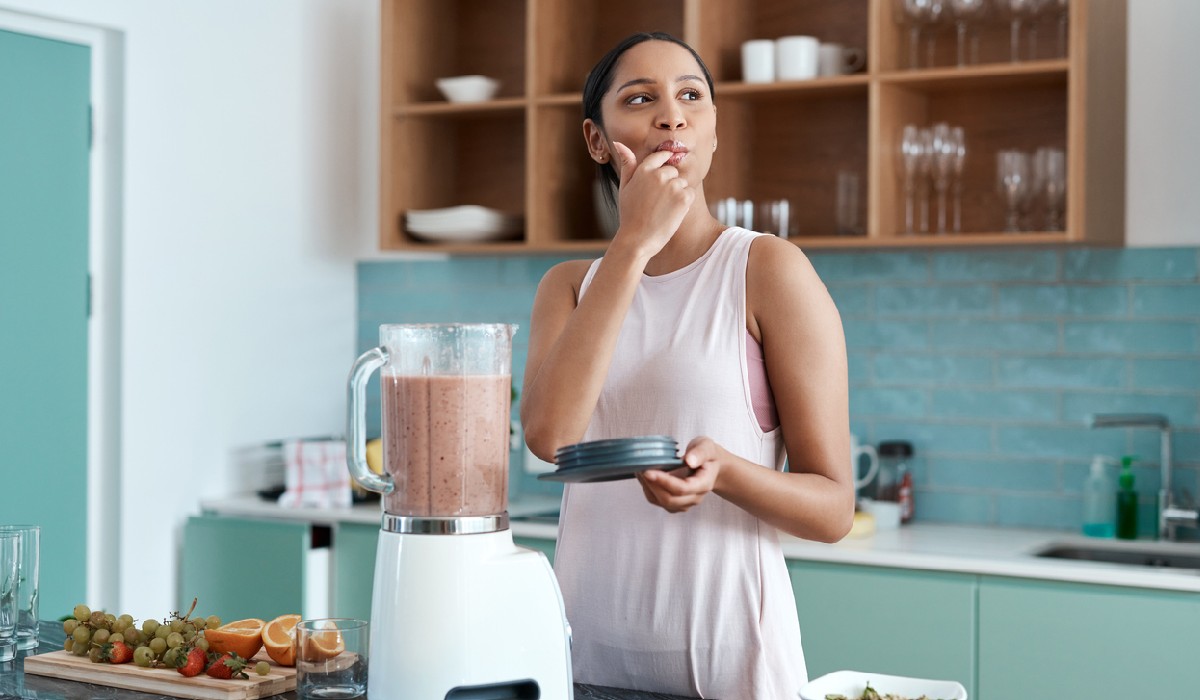
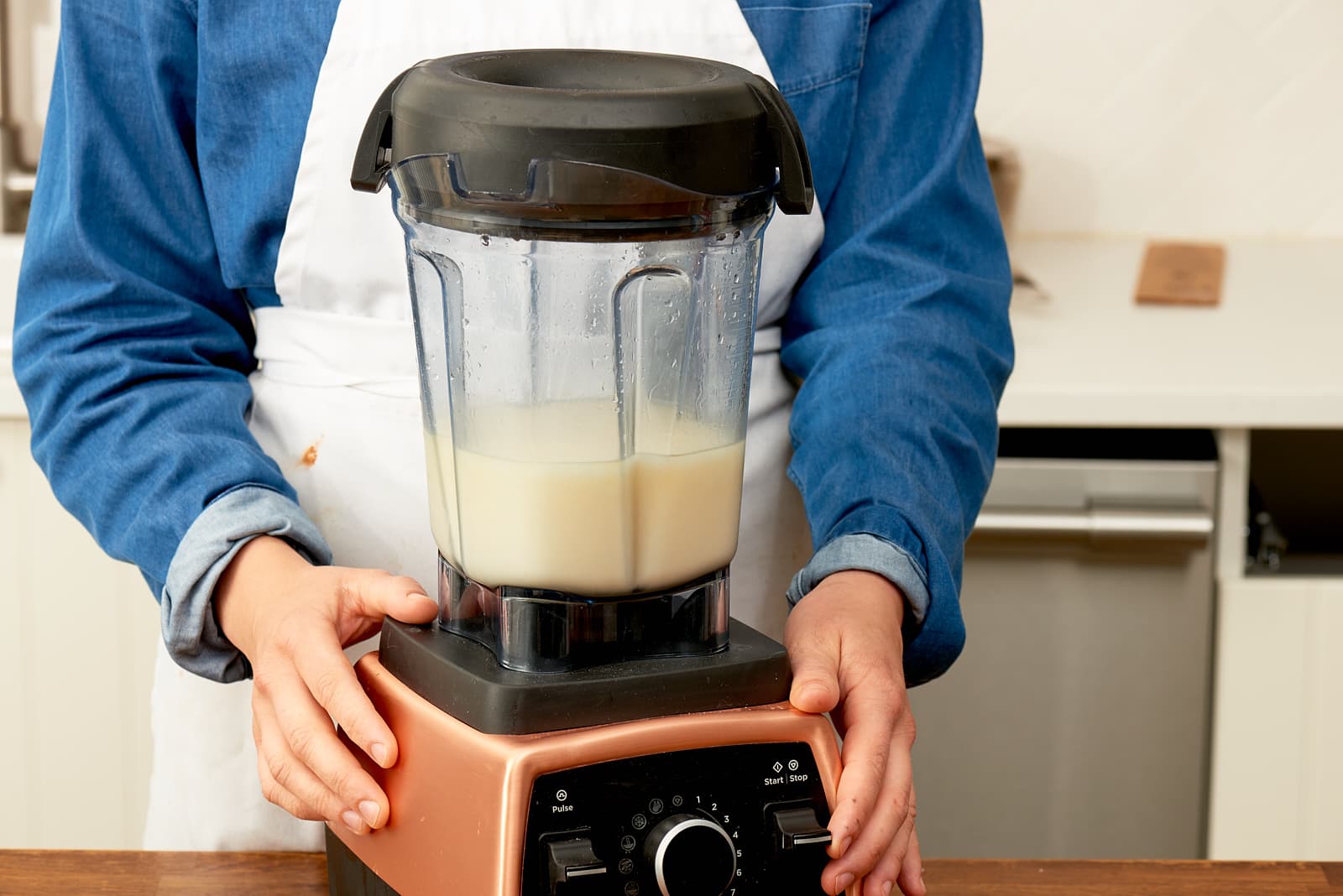

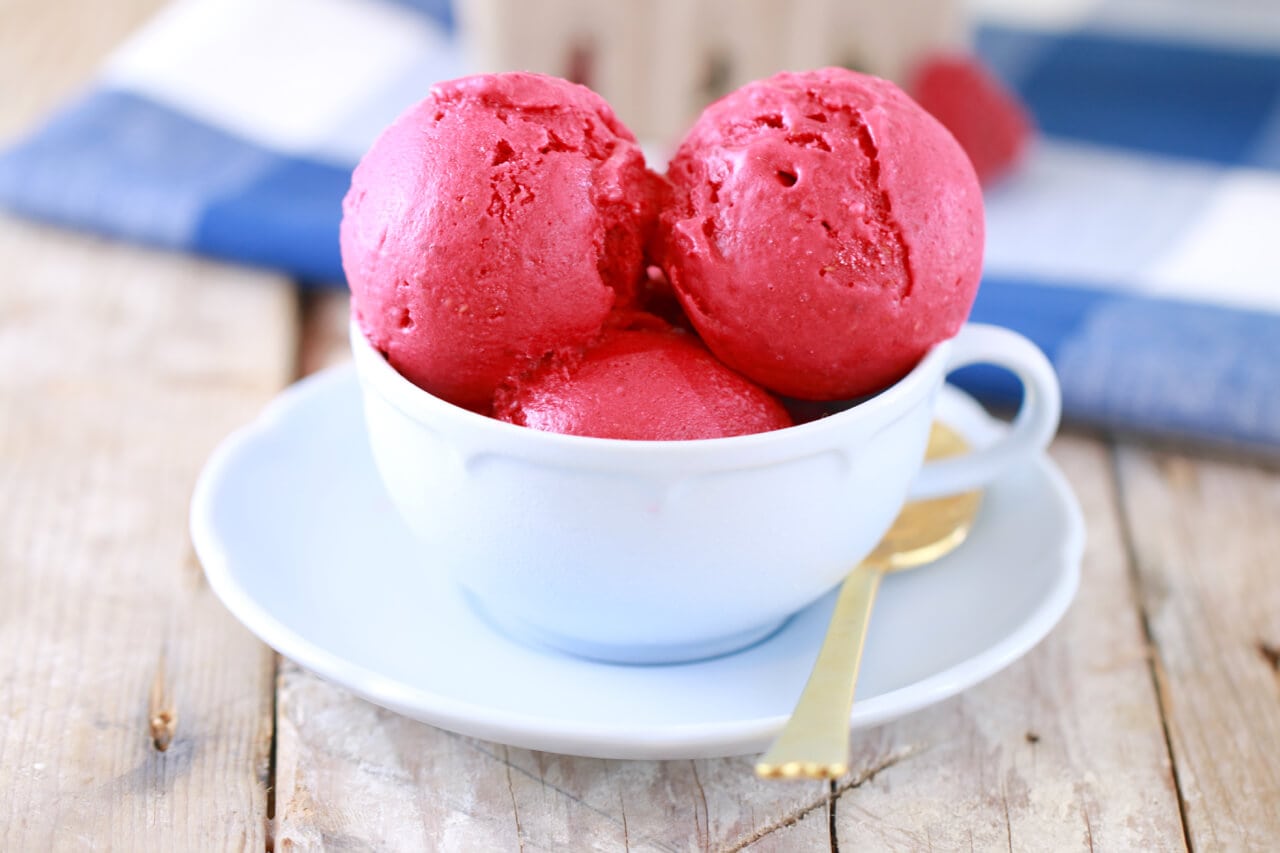

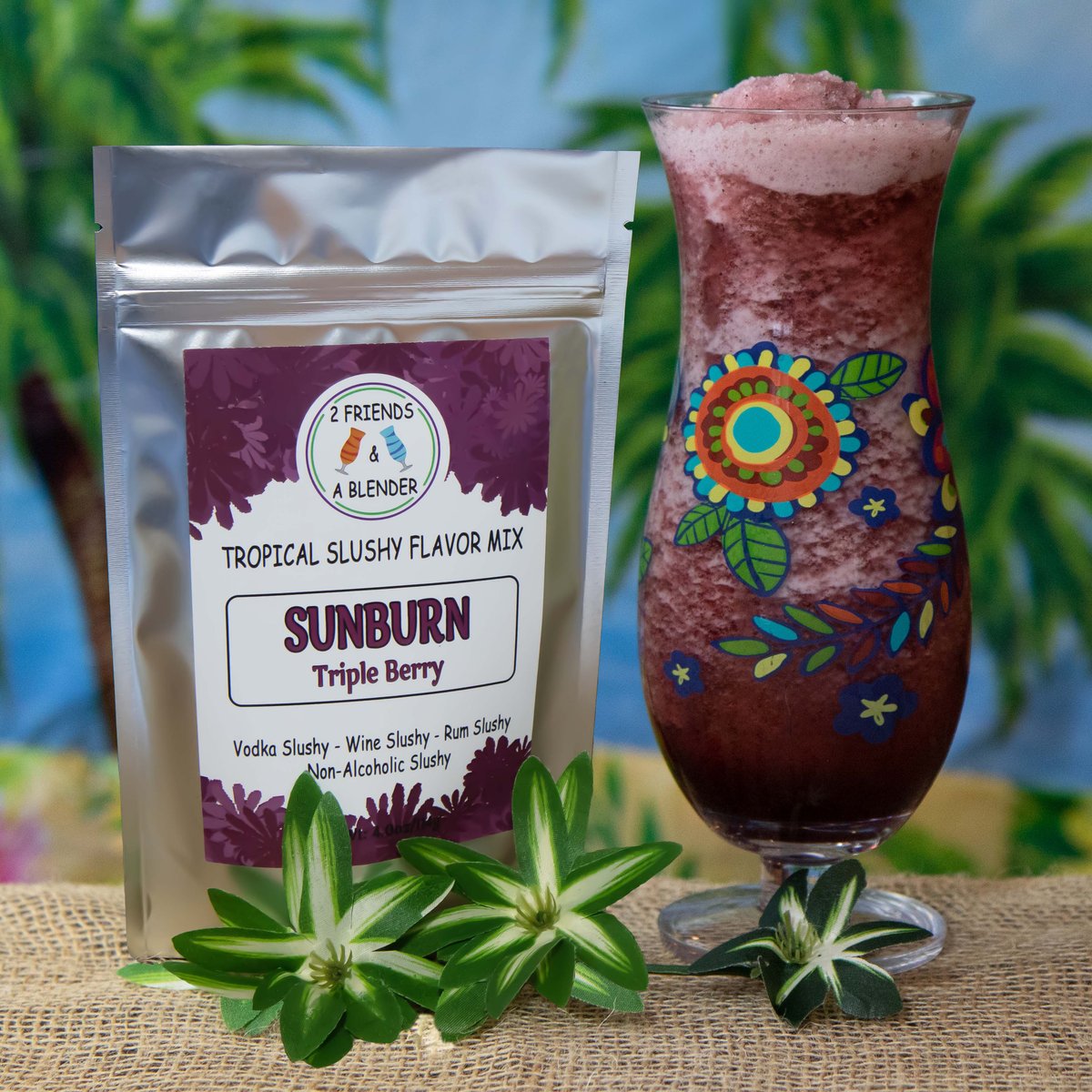
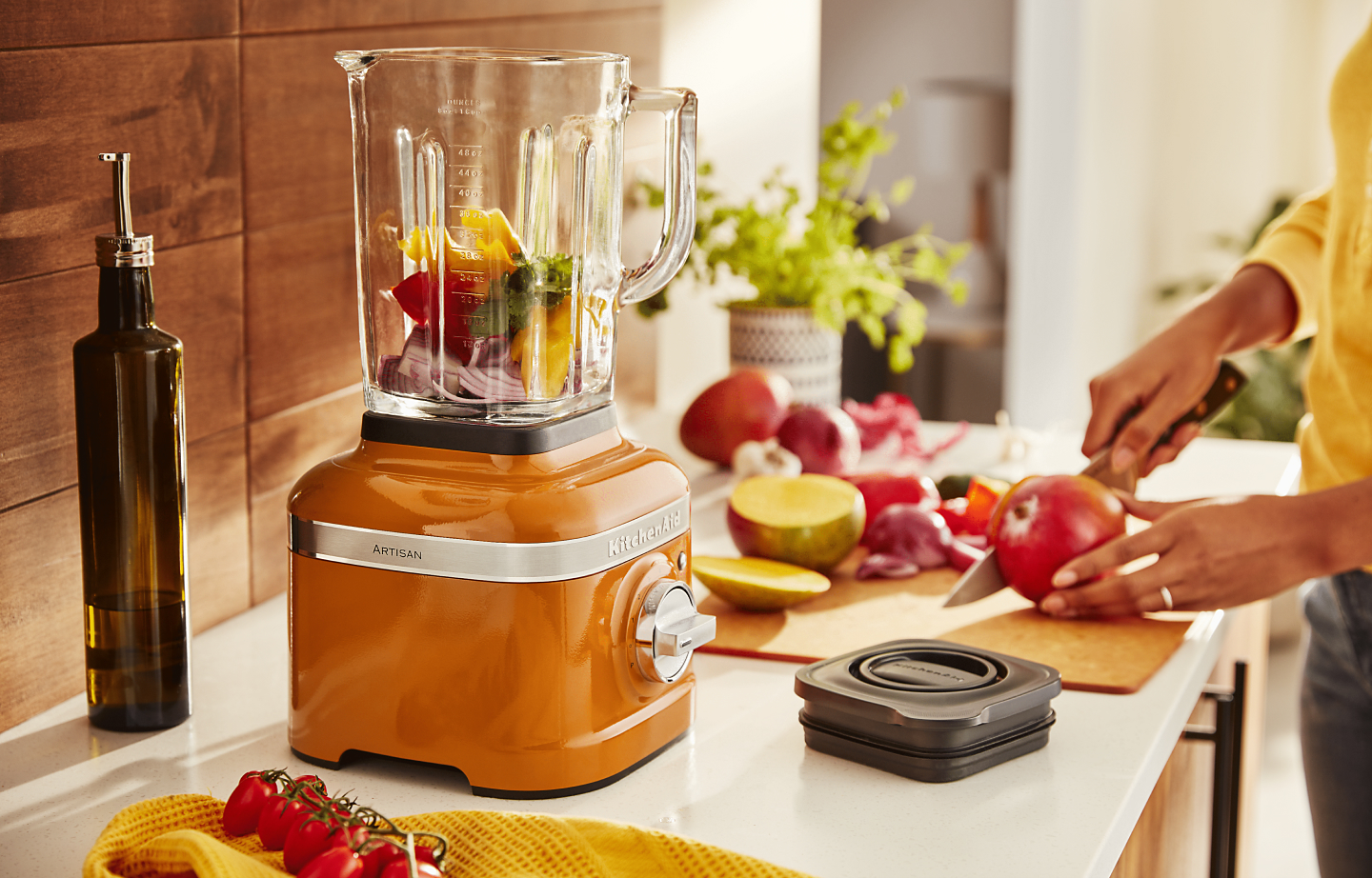
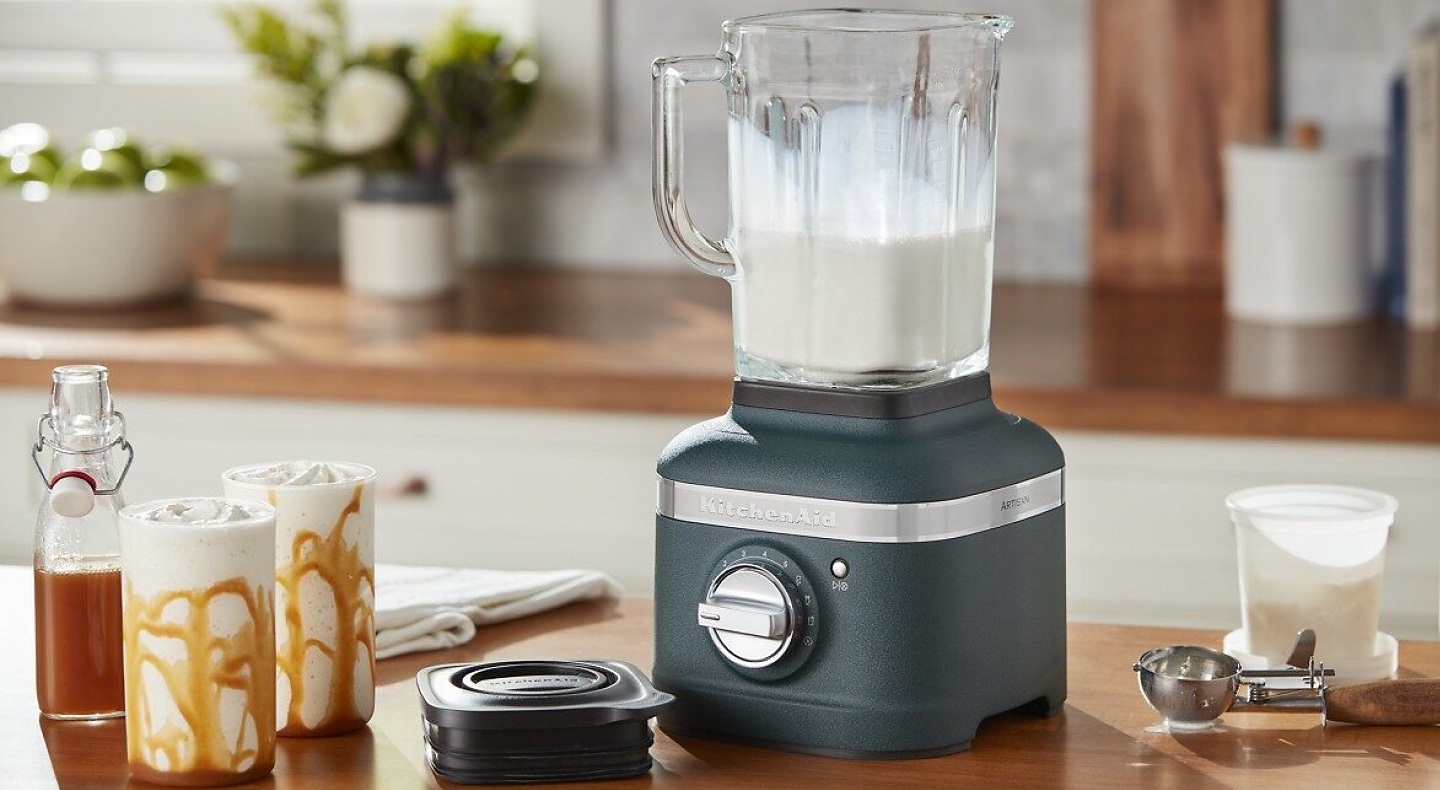
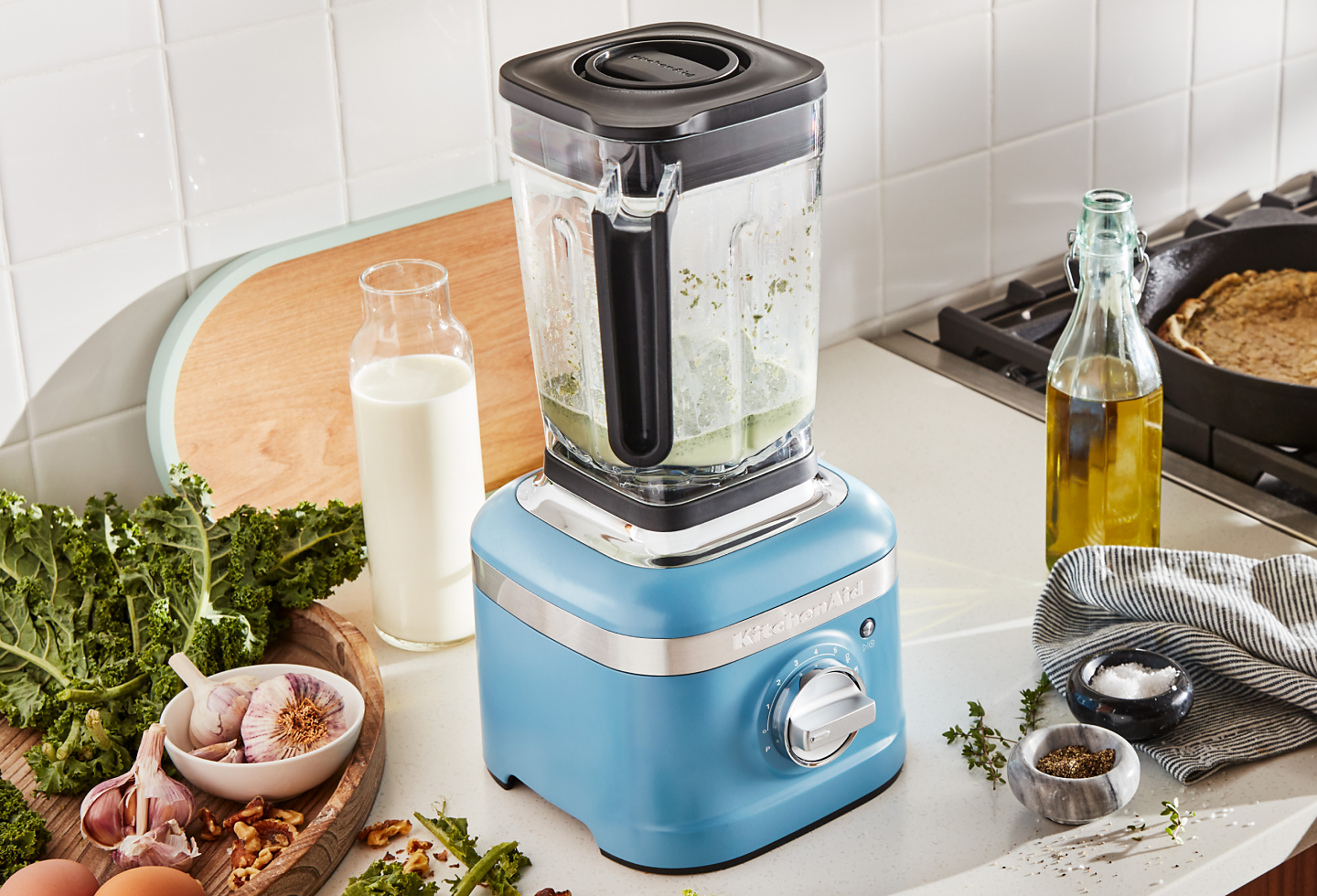
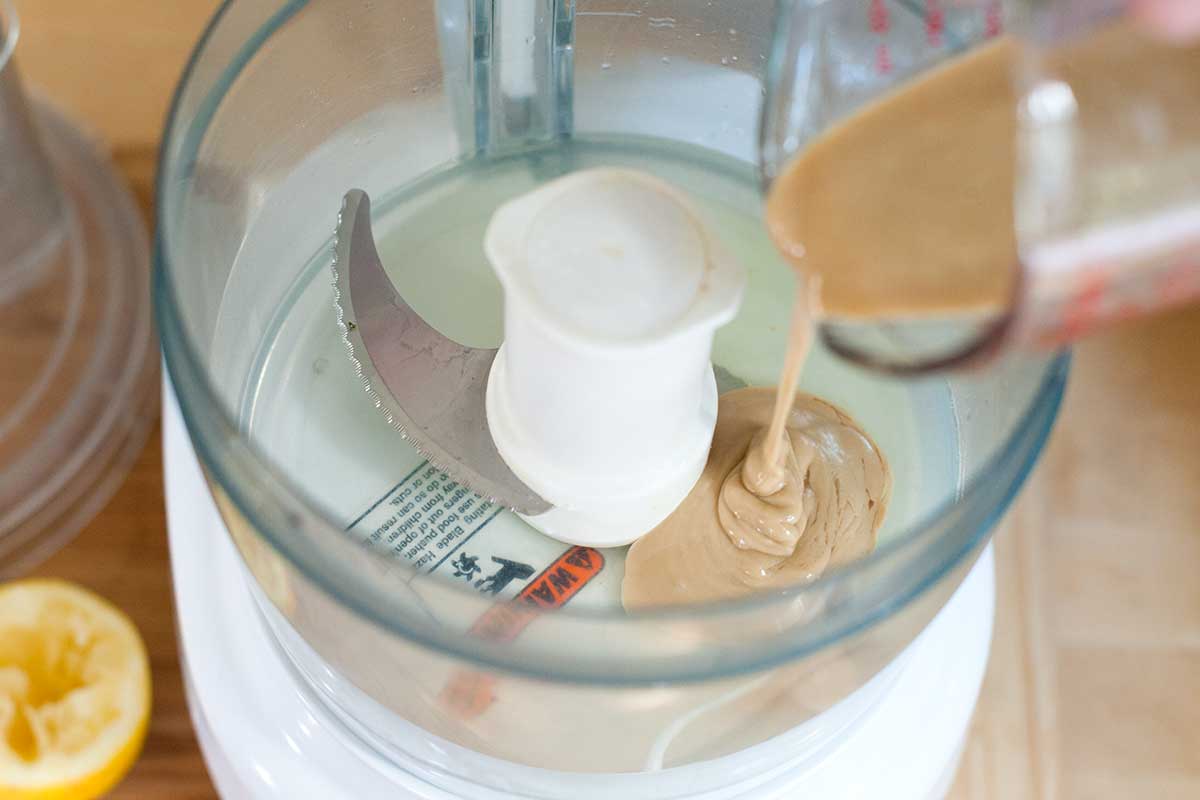
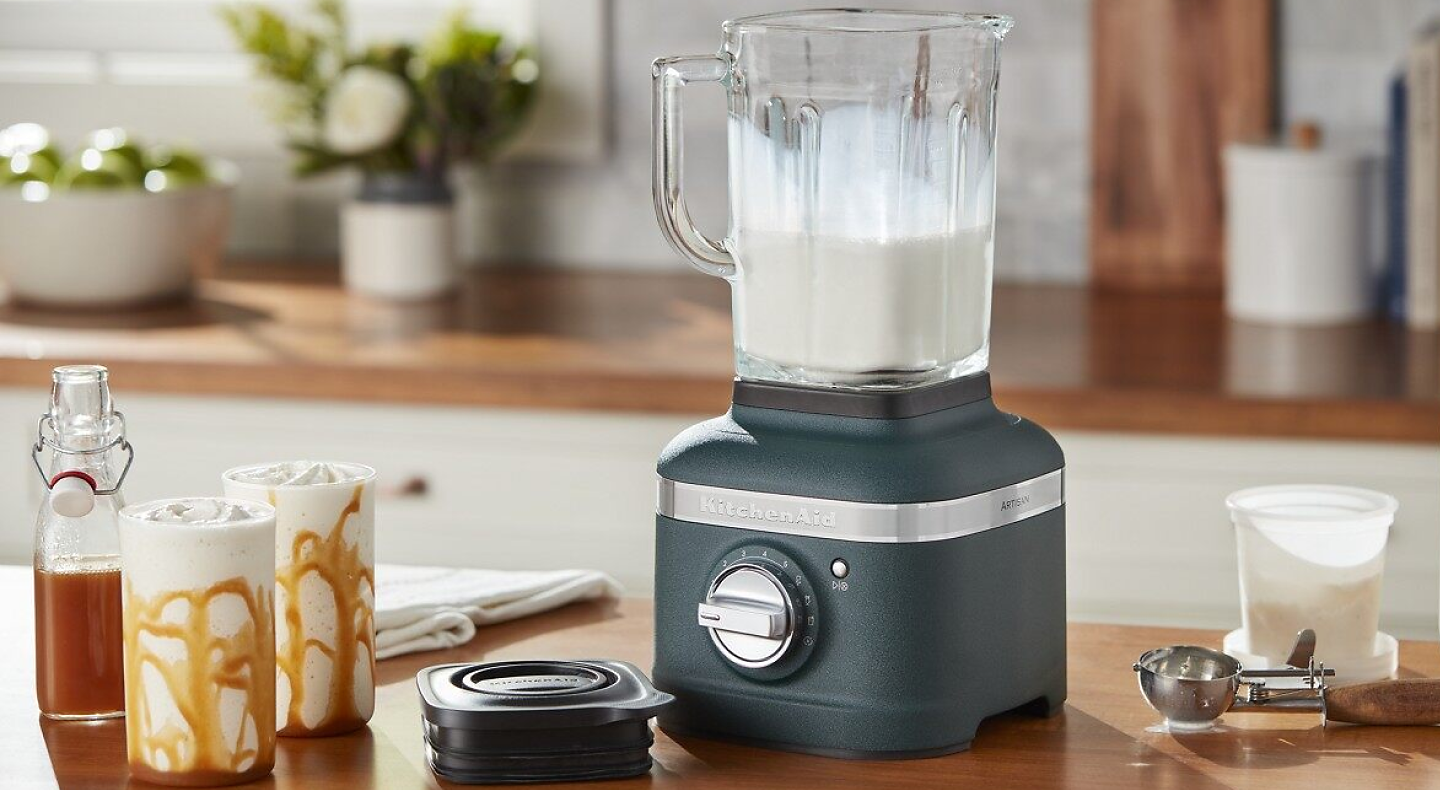

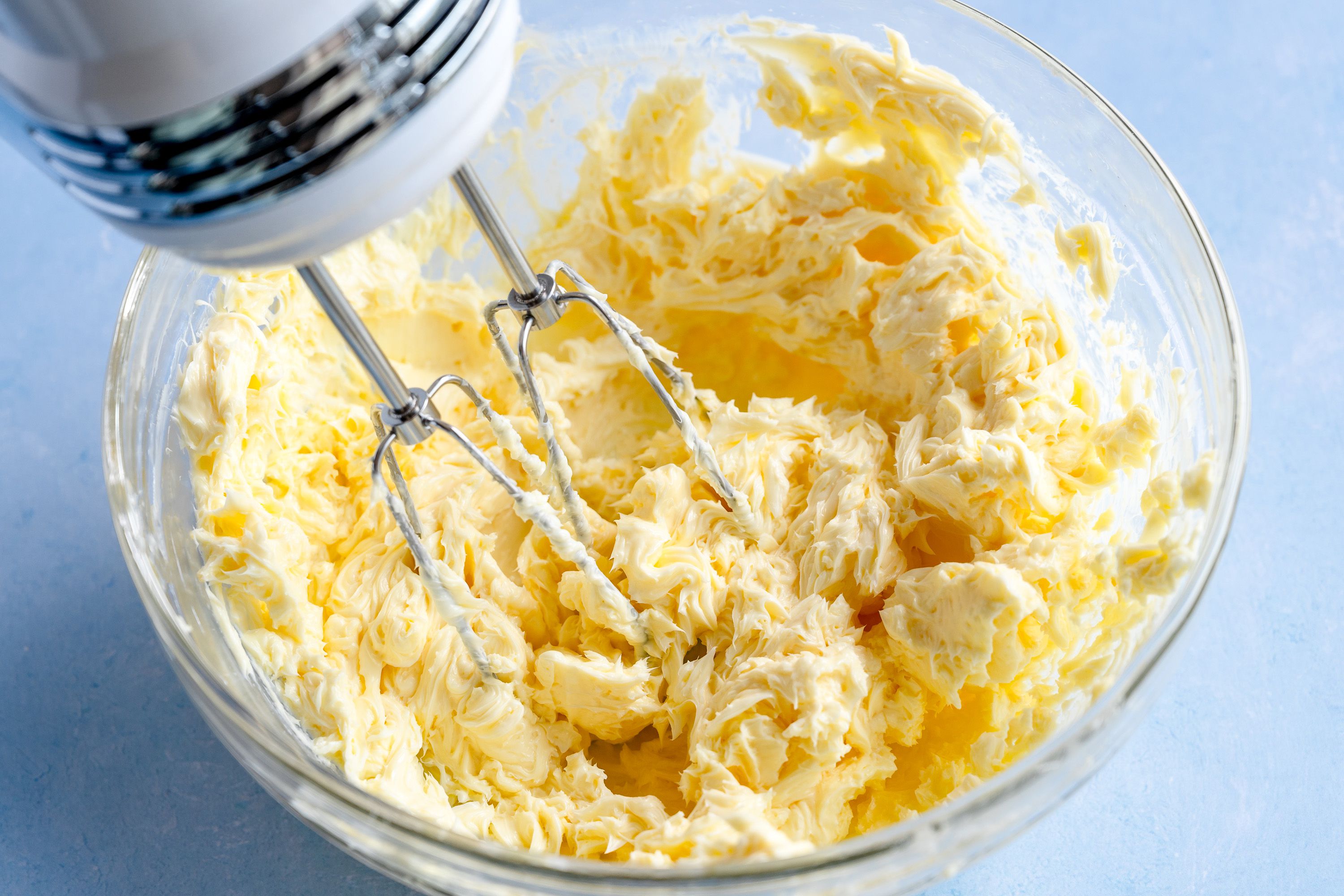

0 thoughts on “How To Make Mayonnaise In A Blender”